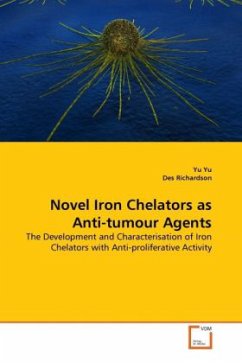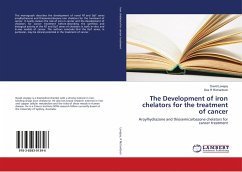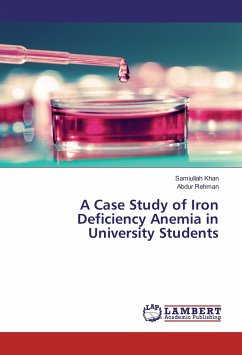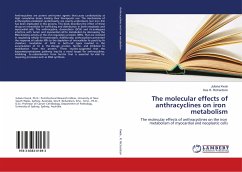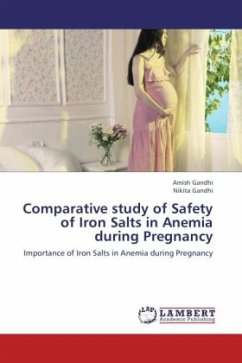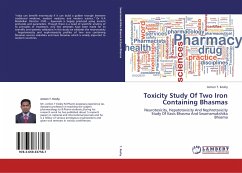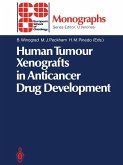Previous studies demonstrated that HDpT chelators have potent anti-tumour activity. We have now designed and generated two new groups of chelators, HBpT and HNBpT. Comparing the three series of chelators, the HBpT analogues displayed highest anti- proliferative efficacy against SK-N-MC neuroepithelioma cells and was greater than other well known chelators (DFO, Triapine® and 311). Three analogues of the HBpT series displayed much greater anti-proliferative activity against SK-N-MC cells than normal MRC-5 fibroblasts, indicating their selectivity against tumour cells. Structure-activity relationships examination demonstrated that lipophilicity and redox cycling activity were important factors in generating potent chelators. Redox activity determined by ascorbate oxidation and benzoate hydroxylation assays showed that the HBpT ligands were the most active chelators. Microarray studies using DFO and HDp44mT, demonstrated up- regulation of the gene in cell cycle arrest, while genes in cancer progression were down-regulated. The current studies have identified a novel group of chelators with the greatest activity of all chelators previously prepared in our lab.
Bitte wählen Sie Ihr Anliegen aus.
Rechnungen
Retourenschein anfordern
Bestellstatus
Storno

